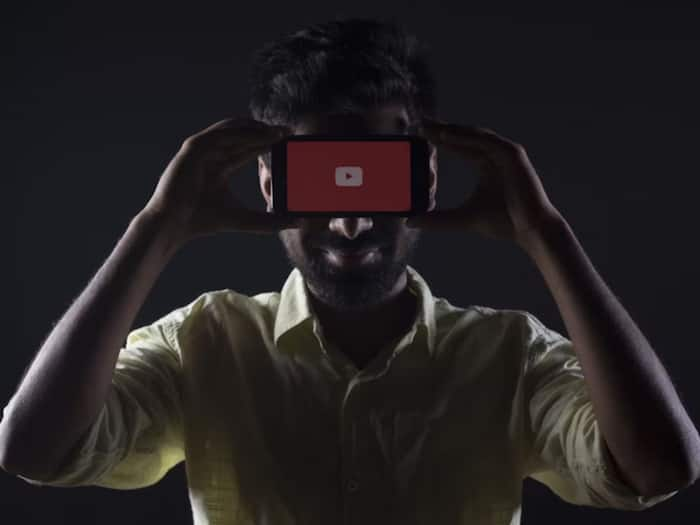
Written By Divya
Edited By: Divya | Published By: Divya | Published: Jun 20, 2025, 02:25 PM (IST)


The advent of AI has opened up several discussions — some good and some bad. While many talk about how AI is making life simpler or easier, but there is always a flip side to it too. As AI is taking steps further in video creation and image generation, the worries of fake data, as well as the use of the existing data on the internet without the knowledge of the creators, are leading to an important question: Are they aware of it? Are tech giants using data to train their AI models without the knowledge of the creators? Also Read: Adobe Brings Gemini 3-Powered Nano Banana Pro Model Into Photoshop, Firefly: How To Use
The discussion came alive again with the introduction of Google’s Veo 3, the latest text-to-video generation AI tool, which also lets you add sound effects, ambient noise and even dialogues to your AI creation. As per a report by CNBC, Google is using the YouTube video library to train its AI models, which includes the Veo 3 as well as the Gemini. However, Google is said to be using a subset of its videos to train the AI models, the report suggested. But the fact is that YouTube hasn’t revealed which videos have been used to train the AI models. Also Read: Google Rolls Out Gemini Nano Banana Pro Model: It Is Not Just About Image Generation!
The report further claims that the information has been shared by the creators in advance about the use of videos to train AI. Also Read: Jio Makes Gemini 3 AI Free For All Unlimited 5G Users Across India: Here’s How To Claim
Back in September 2024, YouTube shared a blog post with a title — New tools to protect creators and artists. A hidden thin line within that has confirmed that Google uses “content uploaded to YouTube to improve the product experience for creators and viewers across YouTube and Google, including through machine learning and AI applications.” However, Google says that the tech giant does it with the terms that creators agree to. “Moving forward, we remain committed to ensuring that YouTube content used across Google or YouTube for the development of our AI-powered tools is done responsibly,” the blog post further mentioned.
Not only that, the terms of service of YouTube also suggest that by providing the content on the service, you agree to provide “non-exclusive, royalty-free, sublicensable and transferable license to use that Content.”
While it may not change how Google policies work and how YouTube creators’ data has been using to train AI models, but surely raises some important questions: